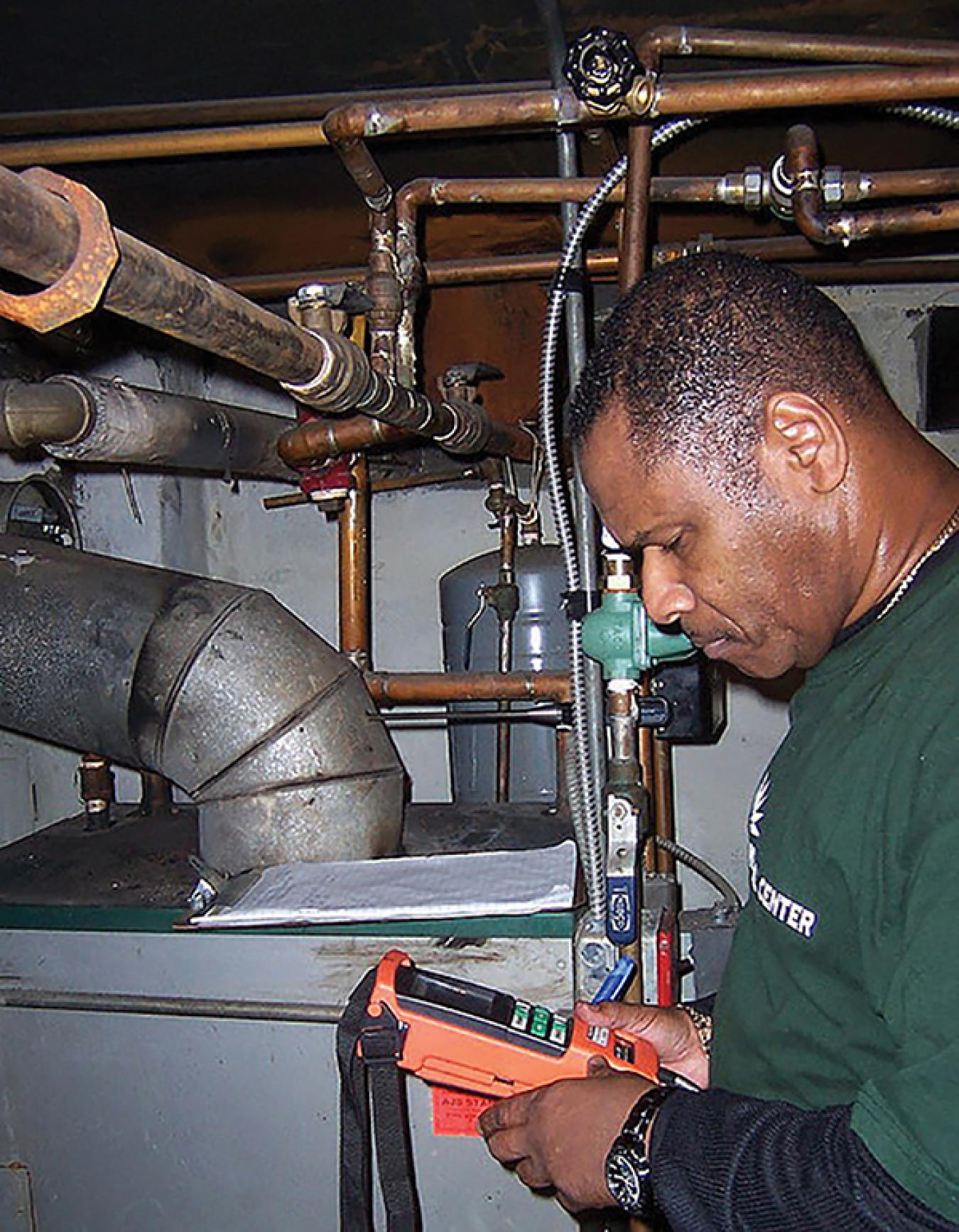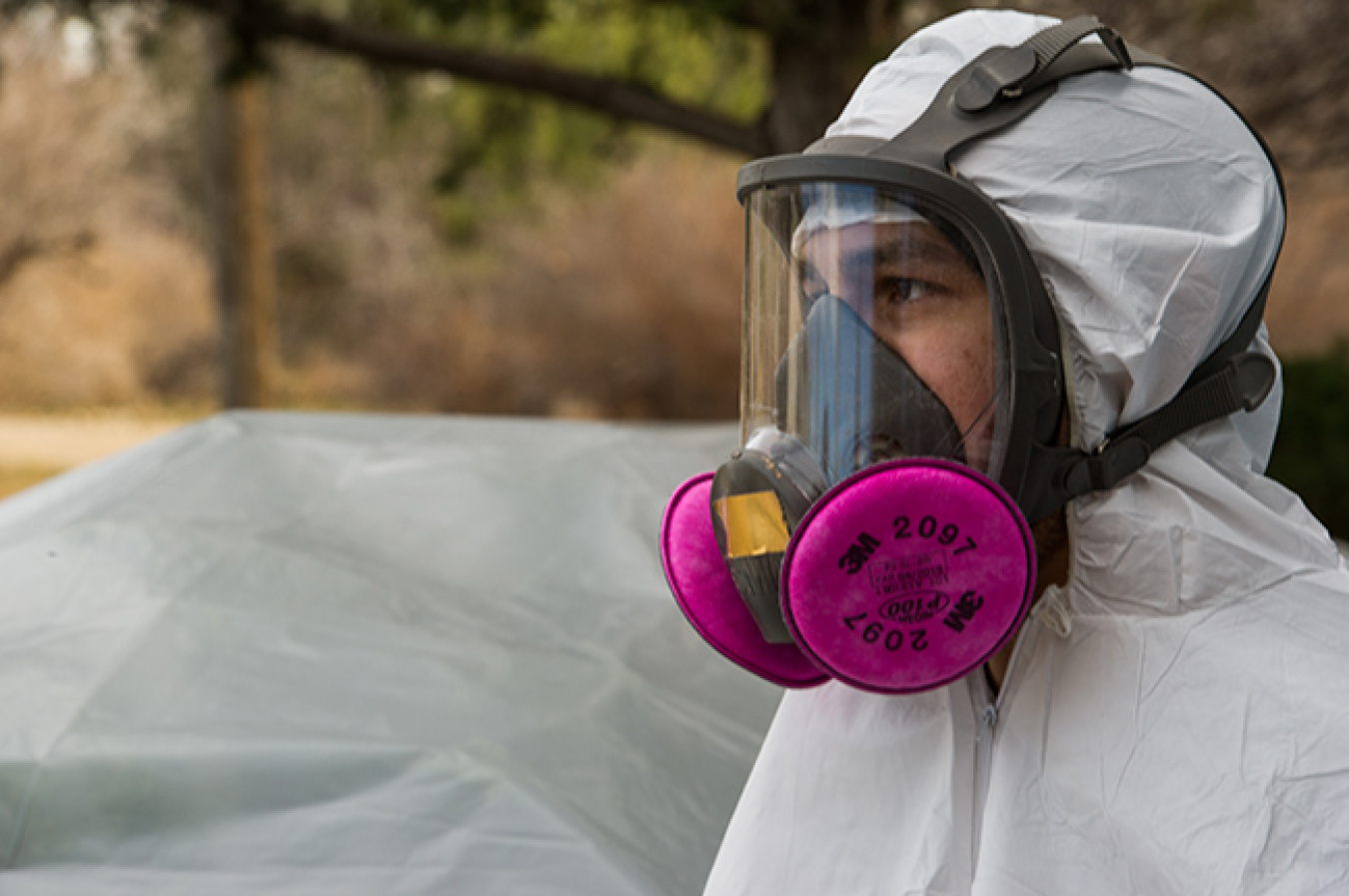
The U.S. Department of Energy’s (DOE) Weatherization Assistance Program (WAP) “ensures the health and safety” of the low-income families it serves. While the health and safety of WAP clients and crews is paramount , expenditures are limited to the cost of eliminating energy-related health and safety hazards that are necessary before, or result from, the installation of energy conservation measures. WAP local providers, or Subgrantees, often use other funding sources to correct health and safety problems that are beyond the scope of allowable DOE WAP expenditures, such as pest infestations, asthma triggers, slip and fall hazards in homes of the elderly, roof issues, structural weaknesses, and more.

Allowable WAP energy-related health and safety activities, include:
- Combustion appliance safety testing
- Electrical repair (ensuring code compliance when insulating knob-and-tube wiring and repairing overloaded electrical circuits)
- Assessment of fire hazards (identifying inadequate combustion appliance clearances and creosote build up)
- Indoor air quality
- Lead-safe weatherization (limited to procedures for installing weatherization measures without increasing the existing risk of exposure to lead, but does not include lead abatement)
- Procedures to identify pre-existing health conditions in homes and clients, address these problems, and ensure that weatherization does not exacerbate these problems.
Health & Safety Resources
Green & Healthy Homes Initiative (GHHI)
To break the link between unhealthy housing and unhealthy families by creating and advocating for healthy, safe and energy efficient homes.
National Center for Healthy Housing
The National Center for Healthy Housing (NCHH) is the preeminent national nonprofit dedicated to securing healthy homes for all.
Housing and Urban Development (HUD) | Office of Lead Hazard Control and Healthy Homes (OLHCHH)
The Office of Lead Hazard Control and Healthy Homes (OLHCHH) provides funds to state and local governments to develop cost-effective ways to reduce lead-based paint hazards.
